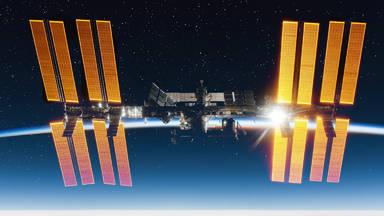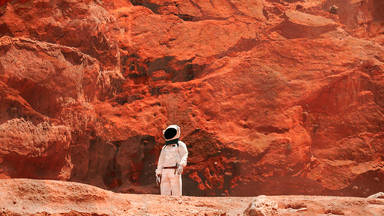
Tesla recently filed a number of patents, including one with a description of durable car glass that gives an overview of the actual composition of Tesla's armored glass and how it compares to standard auto glass.
Armor glass was originally mentioned at the Tesla-Semi reveal event, when Elon Musk described it as the next explosion-proof glass. But As armored glass was first introduced midway through the Tesla-semi event, it created a famous moment during the cyber truck reveal when the demonstration did not go as planned and proved that armored glass is not shatterproof.
Despite being breakable, armored glass is much stronger than standard auto glass. In fact, it appears that the Tesla armored glass is an improved version of laminated glass windshields in which the central adhesive layer helps glue the glass together instead of just shattering on impact. This mechanism helps keep passengers inside the vehicle safer from an object passing through the windshield.
The outer layer of glass includes a substance comprised of a metal in certain models, and the metal is selected from silicon-boron and its combinations, as Tesla describes. The surface of the multi-layer glass includes an outer layer of borosilicate glass, and when it comes to the sticky layers, they used Polyvinyl-Ether which Tesla says can also absorb energy.
The inner or middle layers of the above-mentioned five layer glass are made of one or more layers of borosilicate glass and Alumino-silicate glass, and the windshield is also made of borosilicate glass and aluminum silica glass. In some cases they use tempered glass as the middle layer and also as the face layer, and almost always includes borosilicate glass as the outer layer.
Let's look into the importance of each of these materials and their particular properties and explain why they are important. This glass is a very strong and durable aluminum silicate glass, and according to science, it contains aluminum oxide. Alumino-silicate glasses have high values of tensile strength resistance to high temperature and excellent resistance to chemical corrosion. In some applications, Tesla also uses tempered glass which is not a big deal because it is so commonly used in automotive applications.
The exterior layer silica glass is really one of the big keys to the strength of all of Tesla's glass. When it comes to the strength of this Borosilicate glass versus standard Soda–lime-silica glass, Tesla describes it in the following way: "The soda-lime glass stack has a 10% chance of failure when struck by a projectile with 1.4 joules of impact energy, while the borosilicate stack has the same 10% chance of failure when struck by a projectile with a much higher impact energy of 3.9 joules."
Obviously, when it comes to this layered glass, whether that's the standard layered glass that's found on Tesla's current vehicle lineup or this armor glass that is much stronger and can take even further impacts, there's a lot of obvious benefits to having a really strong glass on a car. Because little rocks and small things on the road are not going to crack your glass and you are less likely to have to replace your windshield or other glass in the car. This also has a lot of safety benefits because different things on the roadway that could intrude the glass and come and hit you as a passenger in the car may be stopped by this much stronger glass.
In conclusion, when it comes to Tesla's armor glass this is one of the most under-appreciated technologies. We talk a lot about all the fancy technology built into Tesla's compact cars, but the strong glass that needs to be replaced less often and that also helps keep projectiles from coming into the car is of course, a very important technology. It clearly demonstrates that Tesla's great technology is not just about electronics, it also includes materials science, and it is clear that Tesla's armored glass, while not unbreakable, is extremely strong and tougher than anything else currently on the market for a consumer production vehicle.









